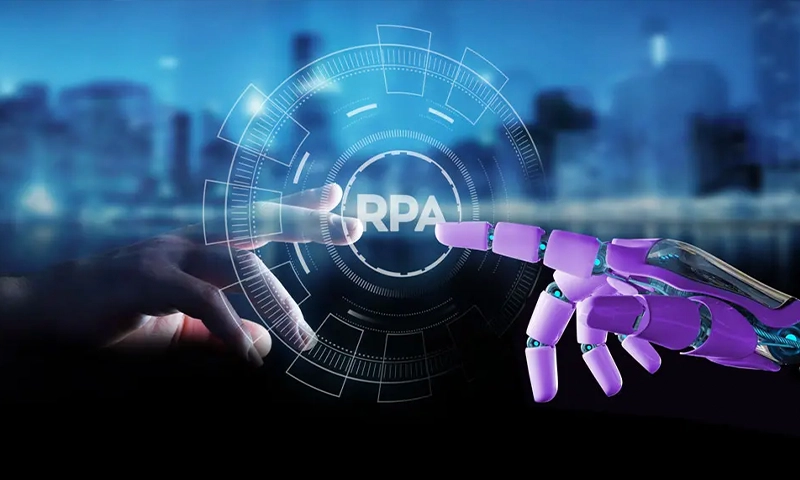
RPA automated process of performing basic tasks either through the means of software or hardware specially to mimic how humans interact repetitively with digital systems to execute business tasks such as extracting data, form filling, sending receipt messages, updating spreadsheet, to check the form completeness etc., performed for longer durations without needing rest, meant to lessen the burden on employees.
The process of automation in software is highly dependable on various factors such as tools and other platforms which the company uses to experiment and implement real usages in the software automations. Each performing task in the business is associated with the participant of business such as company’s process automation, process management, management hierarchy etc., In 2018 it was seen as the fastest growth in the enterprise market.
Working with existing systems is all about accessing information from the IT systems, there are various methods on how RPA tools can be integrated within solutions. The first method is connecting to databases and enterprise web services in the backend, and the second method is via front end or desktop connections which needs multiple forms. From the two methods it varies as per the need arises for any enterprise either by backend or frontend utilisation.
By means of attended automation, robotic automation and fully led robotic workforce supervision these are ways how employees coordinate with robots from semi automation to full automation of business processes.
Some of the following core capabilities to engage RPA software tools:
In obtaining faster results of the output one must put more potential in incorporating robotic automotive processes (RPA) which would enhance workflow and accuracy across various industries and companies, with the increase capability in handling multiple things it allows more flexibility in companies by increased fast response customised experience for specific needs. Typically, software robots can be integrated into various systems simultaneously as it requires one system to be trained at first then so RPA can perform and expand them as needed.
The consistent reporting of the live progress is updated so that operations can be handled without any hassles with more business processes in automation, employees can focus more on strategical development.
Some of the business benefits which are covered are as follows:
RPA is the key segment for improving better commercial results for the companies, it is the core advantage of RPA Tools. It also lessens the burden of setting up passage for increased automation across industry systems. For instance, conducting a cold calling with an employee who need to work in the organisation for selling products etc. this is where robotic process automation boosts the activity to perform well and precise.
This method is committed to save jobs costs globally about 25 – 30 %, RPA can eventually cut costs in investing on employees rather automating ordinary processes. That means as manpower decreases the risk of performing operations will have less mistakes as adopting the RPA.
Errors tend to happen through Manual work even by the best individuals and if one tries to solve each problem by the multiplied errors by all the individuals then the company requires costly problem-solving software. Adapting the RPA at the right course will help professional attain prominent things dealing with customers. That means RPA can accomplish error-free quality work which results in superior satisfaction with better company profits.
As far as scalability is concerned humans are no where close to bot’s reachability. With the emergence of RPA smoothly duplicate and perform multiple business operations where repeated programming can be produced as needed in all the active systems. Integrating AI and ML would be add on by boosting more scalability to the performing business processes.
Tracking system over multiple arenas is a plus in RPA where data stored is analytical benefitted for business to up-bring more information in supporting the timelines is also a way of tracking staff members. Keeping the consistency of tracking down system activities will help in monitoring and strategical planning with precise tracking and be RPA more advanced wherever necessary as technology grows in time.